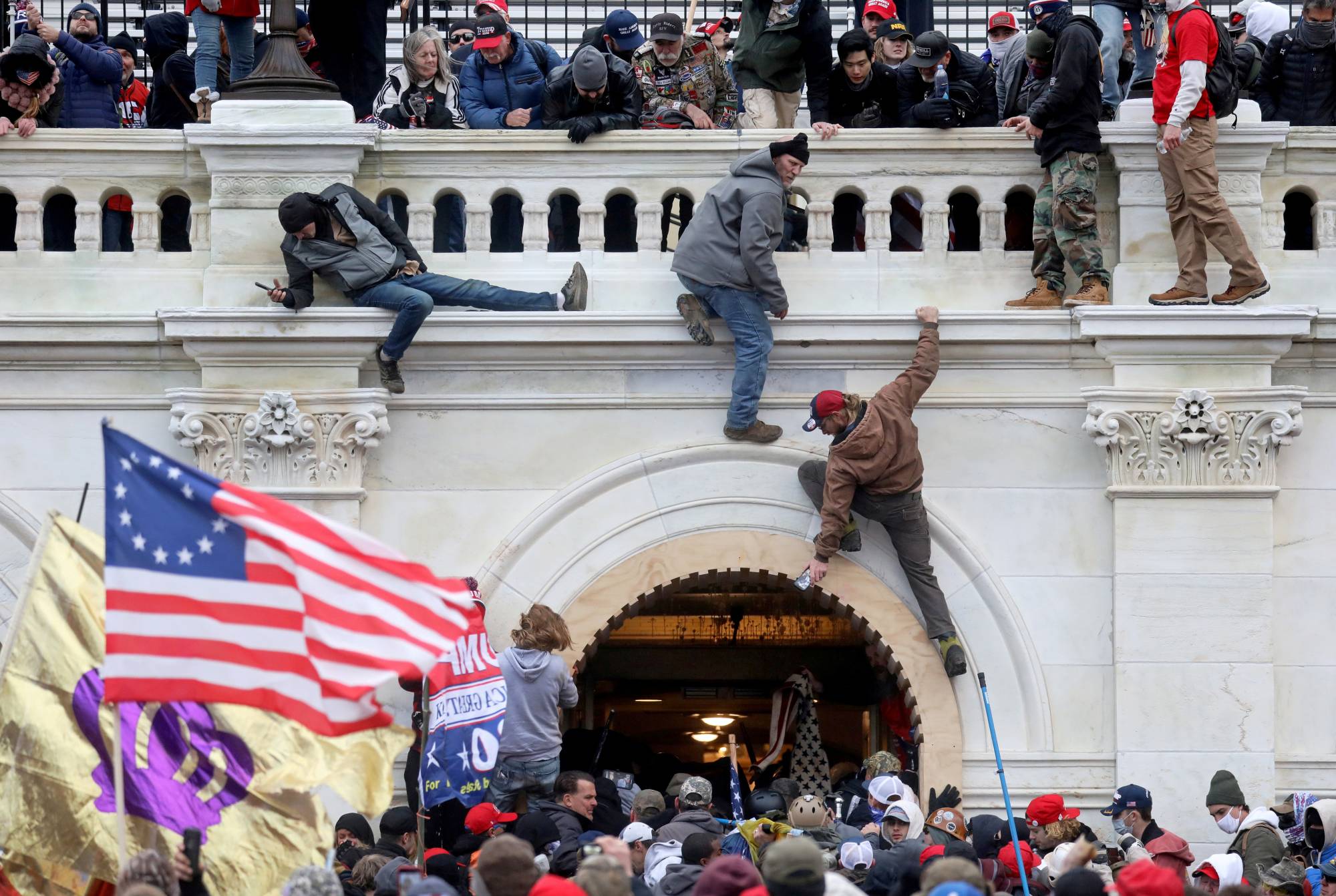In Arizona, the recount of votes from last November’s presidential election proceeds apace. In Texas, Georgia and elsewhere, Republican legislators continue to press "reform” legislation on the premise that the outcome was determined by fraud — a premise rejected over 50 times by state and federal courts.
But although the current level of lingering disbelief on the part of Donald Trump’s supporters is unusually high, a gap between the winning and losing sides’ willingness to accept the outcome of a presidential contest is nothing new. A just-released paper by MIT political scientists Jesse T. Clark and Charles Stewart III drills down into data on the topic and turns up some remarkable findings about voter confidence in the wake of the 2020 election. In particular, although the gap between the two sides’ belief that the contest was fair is by far the largest on record, the explanation may not be what one expects.
Ballot fraud has a long history in the U.S. During the 19th century it was endemic. Even Abraham Lincoln’s landslide re-election in 1864 was marred by plausible charges that military commanders allowed Republican soldiers to travel home to vote but kept Democratic troops in the field. Although changes in the process early in the 20th century greatly reduced the possibility of manipulating the count, in a close election many on the losing side still lean toward the view that the numbers were rigged. Lots of Republicans didn’t believe the results in 1960. Lots of Democrats didn’t believe the results in 2000.



















With your current subscription plan you can comment on stories. However, before writing your first comment, please create a display name in the Profile section of your subscriber account page.